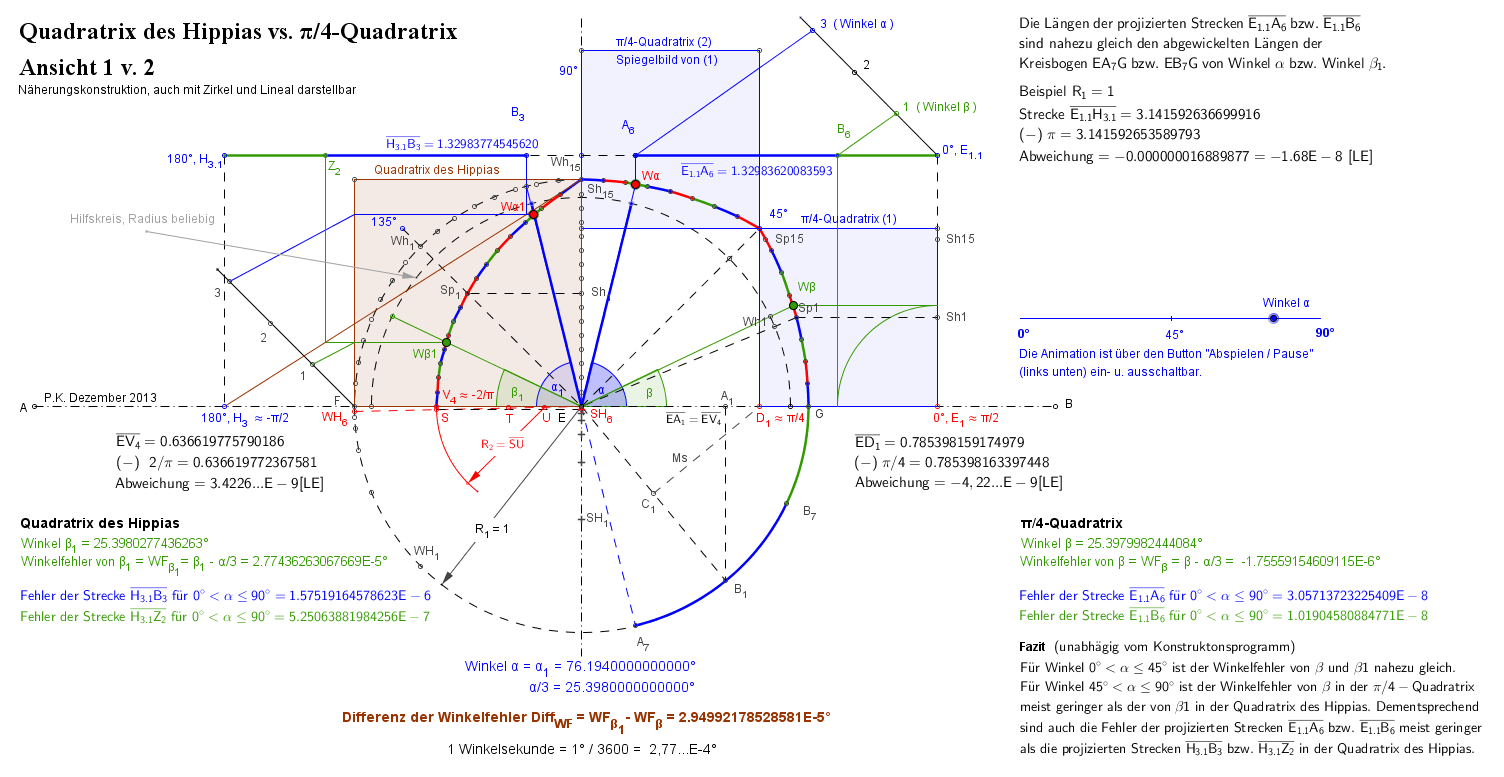
Hippias of Elis

Hippias of Elis (Greek: Ἱππίας; late 5th century BC) was a Greek sophist, and a contemporary of Socrates. With an assurance characteristic of the later sophists, he claimed to be regarded as an authority on all subjects, and lectured on poetry, grammar, history, politics, mathematics, and much else. Most of our knowledge of him is derived from Plato, who characterizes him as vain and arrogant.
Hippias of Elis, the Greek Sophist and polymath, was probably born before 460 BCE. The date of his death is not known, but Plato speaks of him as one of the leading Sophists at the time of the death of Socrates in 399 BCE. On a number of occasions he acted as ambassador for his native city and also traveled widely, earning very large sums of money. He claimed to be a master of all the learning of his day, and his teaching and writings included elegies, tragedies, dithyrambs, historical works, literary discourses, epideictic speeches, discussions of astronomy, geometry, arithmetic, music, painting, sculpture, and ethics, and a technical system of mnemonics. None of his writings survives, but a reference in a papyrus book list of the third century suggests that at least one of his works survived until that date. Our knowledge of his teaching rests above all upon the picture of him given in Plato's dialogues, the Hippias Major (now generally accepted as written by Plato), the Hippias Minor, and the brief sketch in the Protagoras.
His polymathy invites comparison with Plato's more philosophic approach to reality, and Hippias has often been presented as standing for a superficial encyclopedic approach to knowledge, in contrast with the more profound penetration of the genuinely philosophic search for truth. This is the way Plato came to view all the Sophists, but it is probably unfair to Hippias, who in some ways anticipated Aristotle's approach to the whole range of human knowledge. Mathematics and astronomy in the sophistic period were certainly not studied for their practical application in everyday life but, rather, in the pursuit of knowledge for its own sake. Hippias made a really important contribution to mathematical development through his discovery of the curve known as the quadratrix, used for the trisection of an angle and later in attempts to square the circle. He was also used by Eudemus as a source for the early history of geometry, which would suggest that he himself may have written a history of mathematics. He was fairly certainly the source of Aristotle's information about the doctrines of Thales, and he may also have been responsible for the main lines of the schematized picture of the history of the pre-Socratics found in Plato's Sophist (242d).
Whether he had any general theory of the nature of reality is not certain, but it is probable that he did. In the Hippias Major, Plato attributes to him a "continuous doctrine of being," which implies that some particular doctrine was regularly attributed to him. This doctrine dealt with "continuous physical objects that spring from being" (301b), and was opposed to Socrates's attempt to distinguish "the beautiful" from "beautiful objects." While the details of the doctrine are not given, it seems clear that Hippias objected to attempts to explain phenomena in terms of qualities or entities whose existence does not lie wholly within the phenomena that exemplify them. If this is so, then he held to the standard sophistic rejection of the position of Parmenides—for Hippias, phenomenal reality was the whole of reality. If Plato presents the matter correctly, Hippias regarded reality as composed of concrete physical objects such that all qualities applicable to any group will also apply individually to each member of the group, and all qualities found in each of the individual objects will also apply to the group as a whole.
In ethics Hippias propounded an ideal of individual self-sufficiency. Plato's evidence in the Protagoras, together with that of Xenophon in the Memorabilia (Book IV, Ch. 4, Sec. 5), shows that Hippias made free use of the opposition between nature and convention and that he accepted the overriding claim of Nature in cases of conflict. That he originated this antithesis has often been asserted, but no ancient source suggests this; and there is good evidence that the origins of the doctrine are earlier than Hippias. In the Protagoras, Hippias declares that his listeners are kinsmen, friends, and fellow citizens by Nature because the friendship of like to like comes by Nature, not by convention. While this clearly contains the seeds of a doctrine of cosmopolitanism, it should be remembered that Hippias's listeners in the dialogue are all Greeks and are all alike in their interest in sophistic discussion.
Bibliography
Fragments and testimonia are found in H. Diels and W. Kranz, Fragmente der Vorokratiker, 10th ed. (Berlin, 1961).
Guthrie, W. K. C. The Sophists. Cambridge, U.K.: Cambridge University Press, 1971.
Kerferd, G. B. The Sophistic Movement. Cambridge, U.K.: Cambridge University Press, 1981.
Sprague, Rosamond Kent, ed. The Older Sophists; A Complete Translation by Several Hands of the Fragments in die Fragmente der Vorsokratiker, ed. by Diels-Kranz. Columbia: University of South Carolina Press 1972.
Woodruff, Paul, ed. and trans. Hippias Major (Plato). Indianapolis: Hackett, 1982.
G. B. Kerferd (1967)
[1]
Click Here to Open: Hippias of Elis - Biography (pdf) by Marek Wecowski
[2]
Sources
[1] "Encyclopedia.com" by Kerferd, G and Paul Woodruff
[2] "Hippias of Elis" by Marek Wecowski
Our Mobile Application
Check out Our Mobile Application "Ancient Greece Reloaded"


